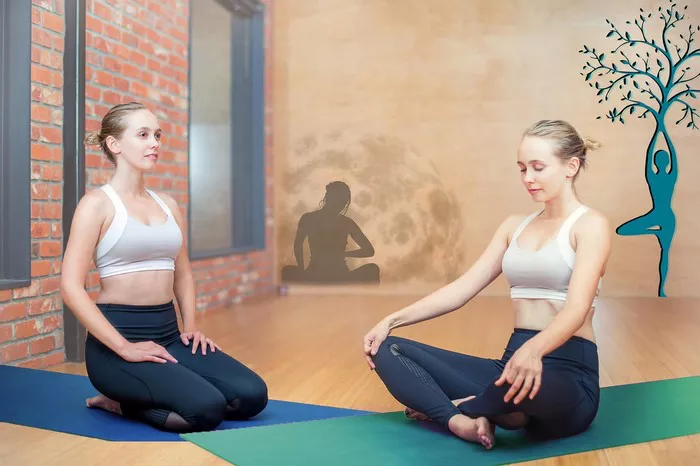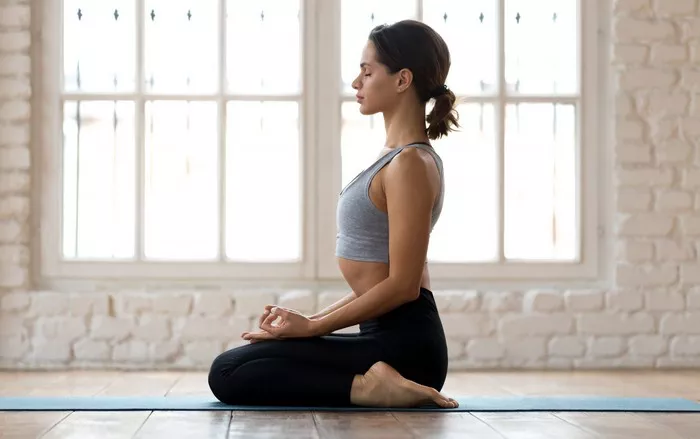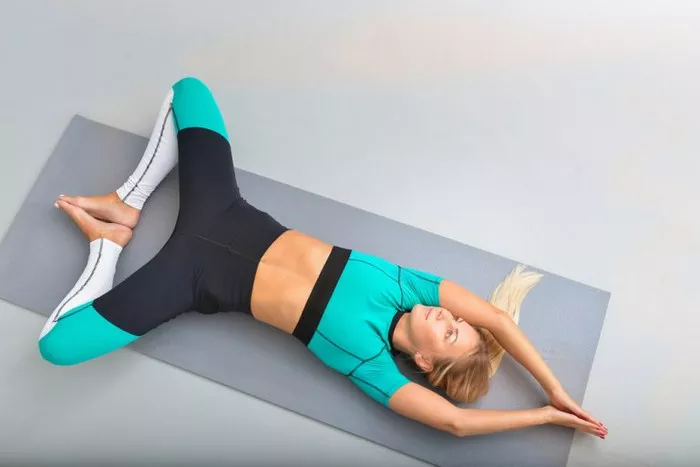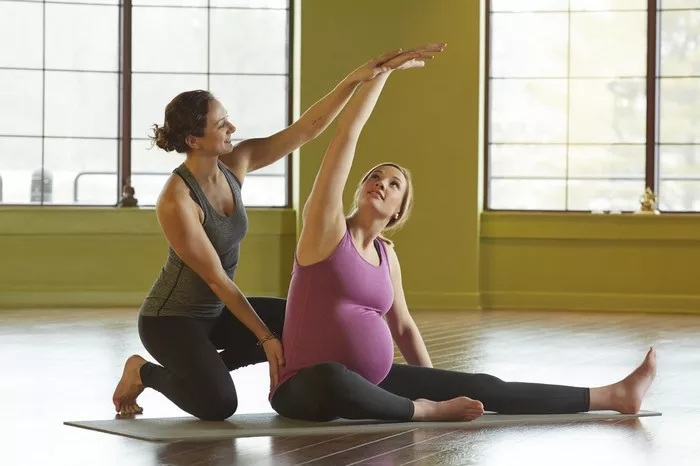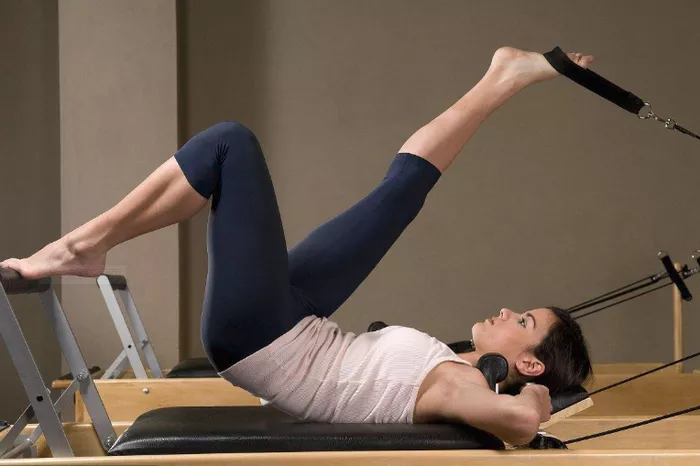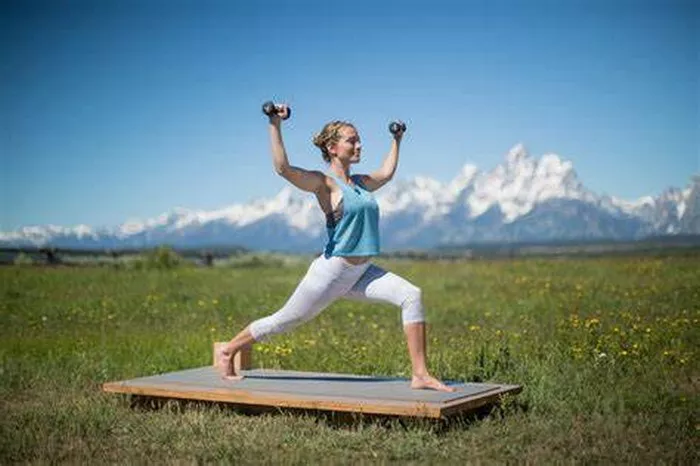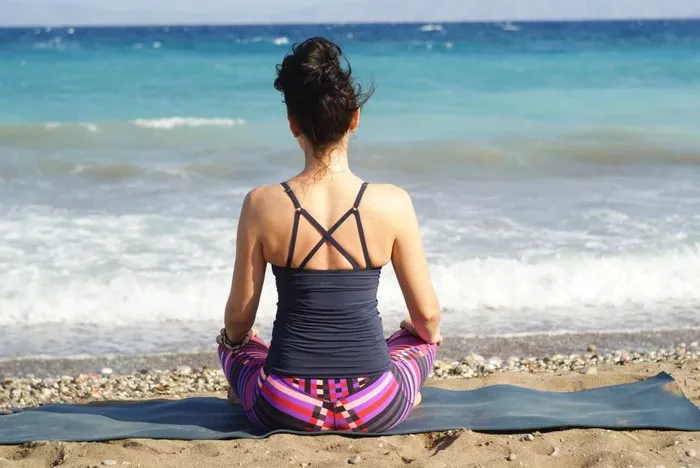Yoga has been practiced for thousands of years, offering a wide range of benefits for the mind and body. Among the various styles of yoga, Hatha yoga is one of the most widely practiced and accessible forms. While many people associate yoga with flexibility, relaxation, and stress relief, a common question arises: Does Hatha yoga build muscle?
The short answer is yes, Hatha yoga can help build muscle, though its effects may differ from traditional strength training. In this article, we will explore how Hatha yoga contributes to muscle development, the specific muscles it targets, and how it compares to conventional resistance training.
Understanding Hatha Yoga
Hatha yoga is a broad term that encompasses various physical postures (asanas), breathing techniques (pranayama), and meditation. The primary goal of Hatha yoga is to create balance in the body and mind through controlled movements and conscious breathing. Unlike fast-paced yoga styles like Vinyasa or Power Yoga, Hatha yoga is typically slower and focuses on holding poses for longer durations.
How Hatha Yoga Builds Muscle
Muscle growth, or hypertrophy, occurs when muscle fibers experience stress and recover stronger. While traditional weightlifting relies on external resistance (dumbbells, barbells, or machines), Hatha yoga uses body weight as resistance. Here are some key ways Hatha yoga promotes muscle growth:
1. Bodyweight Resistance
Many Hatha yoga poses require holding the body in challenging positions, engaging multiple muscle groups simultaneously. Poses like Plank, Warrior II, and Chair Pose demand strength and endurance, leading to muscle activation and growth over time.
2. Isometric Contractions
Isometric exercises involve holding a position without movement, which enhances muscular endurance and strength. In Hatha yoga, poses like Tree Pose, Boat Pose, and Downward Dog require sustained contractions, stimulating muscle fibers.
3. Progressive Overload
In resistance training, progressive overload involves gradually increasing resistance to build muscle. While Hatha yoga lacks external weights, progression occurs by holding poses longer, deepening stretches, and incorporating more challenging variations. For example, transitioning from a basic plank to a one-arm plank increases the difficulty and muscular demand.
4. Full-Body Engagement
Hatha yoga poses engage multiple muscle groups simultaneously. Unlike isolated movements in weightlifting, yoga encourages compound activation, which improves functional strength and coordination. Poses like Warrior III and Side Plank challenge stability and activate core muscles alongside major muscle groups.
Muscle Groups Targeted by Hatha Yoga
Hatha yoga provides a well-rounded workout that targets various muscle groups:
Core Muscles: Nearly all yoga poses engage the core. Poses like Boat Pose, Plank, and Cobra strengthen the abdominals, obliques, and lower back.
Legs and Glutes: Warrior poses, Chair Pose, and Crescent Lunge activate the quadriceps, hamstrings, and glutes, enhancing lower body strength.
Arms and Shoulders: Arm balances and weight-bearing poses like Downward Dog, Chaturanga, and Side Plank build strength in the shoulders, triceps, and biceps.
Back Muscles: Backbends such as Cobra and Locust Pose strengthen the erector spinae and latissimus dorsi, improving posture and spinal stability.
Hatha Yoga vs. Traditional Strength Training
While Hatha yoga contributes to muscle development, it differs from conventional strength training in several ways:
Muscle Mass Gains: Weightlifting and resistance training typically lead to greater hypertrophy due to heavier loads. Hatha yoga builds muscle endurance and tone rather than significant mass.
Joint Health and Flexibility: Unlike weightlifting, which may lead to tightness or joint strain, yoga improves flexibility, mobility, and joint stability.
Mind-Body Connection: Hatha yoga incorporates mindfulness and breath control, reducing stress and enhancing mental clarity, which is often overlooked in weightlifting.
Sustainability and Injury Prevention: Yoga is low-impact and reduces the risk of injury associated with heavy lifting, making it a sustainable long-term practice.
Enhancing Muscle Growth with Hatha Yoga
If you aim to maximize muscle-building benefits from Hatha yoga, consider these tips:
Increase Pose Duration: Holding poses for 30-60 seconds increases muscular endurance and strength.
Incorporate Repetitive Movements: Flowing between poses, such as moving from High Plank to Low Plank (Chaturanga), creates dynamic resistance similar to bodyweight exercises.
Engage Muscles Intentionally: Focus on activating muscles rather than passively holding a pose.
Practice Regularly: Consistency is key. Practicing Hatha yoga at least 3-4 times per week yields better strength results.
Combine with Strength Training: If building significant muscle mass is a goal, supplement Hatha yoga with weight training or resistance exercises.
Conclusion
Hatha yoga does build muscle, though its effects differ from traditional strength training. By leveraging bodyweight resistance, isometric contractions, and progressive overload, Hatha yoga enhances muscular endurance, stability, and overall strength. While it may not produce large muscle gains like weightlifting, it offers a balanced approach to fitness, improving flexibility, joint health, and mental well-being. Whether practiced alone or combined with strength training, Hatha yoga is a valuable tool for achieving a strong, functional, and resilient body.
Related Topics:





